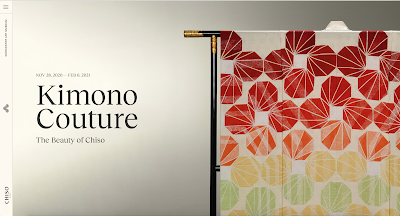Jan Asselijn’s snowy scene in our collection is one of only four known winter landscapes by the Dutch Golden Age artist. After living and working in Italy for many years, Asselijn masterfully interwove Italian architectural elements in an atmospheric Dutch landscape, Frozen Moat Outside City Walls (about 1647). The city walls are reminiscent of the Porta San Paolo in Rome, the smoking kiln to the right also is of Italian influence whereas the frozen moat flanked on the right by a mooring post is characteristic of the Netherlands. The monumental buildings combined with an impressive landscape underneath a dramatic sky are so well balanced that actions of the small, scaled people and animals in the painting almost escape the viewer’s eyes.
 |
| Jan Asselijn (Dutch, 1610–1652), Frozen Moat Outside City Walls, about 1647, oil on canvas. Eliza S. Paine Fund in memory of William R. and Frances T.C. Paine, 1969.24 |
However, take a closer look below at the staffage (figures or animals in a landscape) and suddenly the Golden Age impression appears to be heavily stained. The snow-white surface provides a sharp contrast for the following: A man urinates toward the city walls (lower right) and he might be responsible for the large piles of fecal matter, one topped with a slice of “toilet paper” randomly located at the bottom left of the painting; dogs do their business (upper right) and dung and yellowed snow patches can be found below a donkey’s behind. A little bit more subtle for the modern viewer is the latrine facility (upper left) at the top corner of the city walls that provides a realistic insight into the sanitary conditions of the past.
The Dutch Italianates were praised by their contemporaries as well as throughout the 18th century; nevertheless, they suddenly lost popularity during the following decades and were openly criticized. Famous landscape artist John Constable suggested burning paintings like this one and notorious art critic John Ruskin was disgusted by their inbred vulgarity. Since then, the imaginary work of the Italianates was no longer desired and tolerance for ordinary scenes depicting bodily functions declined until the second half of the 20th century. As a result, many artworks were not on public view and occasionally scandalous elements in Dutch paintings disappeared under a thick layer of oil paint for a long time.
 |
| Hendrik Marensz. Sorgh (Dutch, born 1609 or 1611, died 1670), The Merrymakers, about 1650, oil on panel (detail). Museum Purchase, 1913. 45 |
A past cleaning treatment of this Hendrik Sorgh’s painting, The Merrymakers (about 1650), revealed a bar customer who manages balance by leaning one hand toward the wall and relieving himself in the company of others. Such misbehavior was hidden underneath a censoring layer of overpaint for probably a century.
Today both paintings are on permanent display at WAM. Since no one really cares about bitter Ruskin any longer, we celebrate these artworks in New England as a wicked pissah!
—By Birgit Straehle, Associate Paintings Conservator
January 27, 2021















